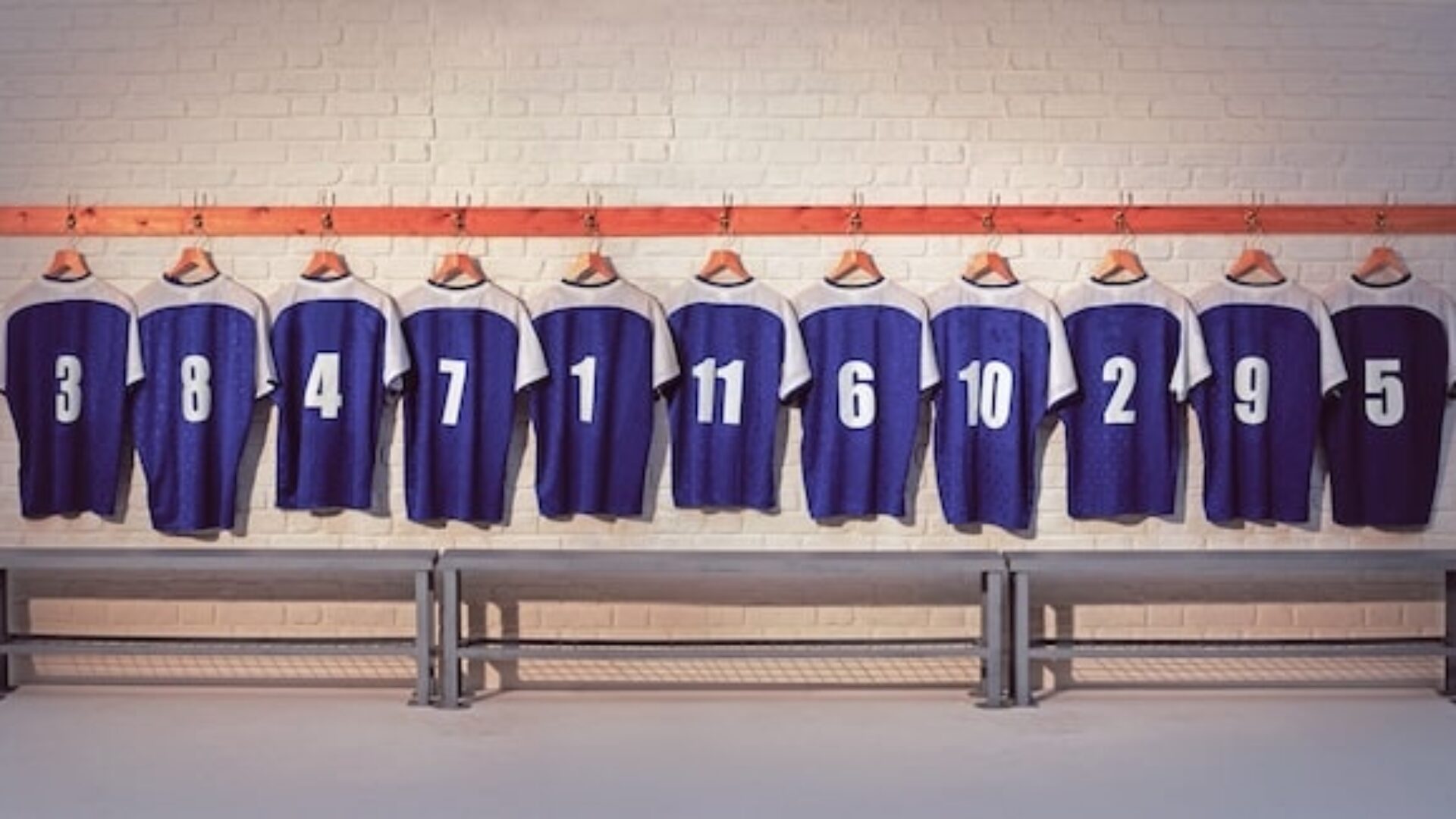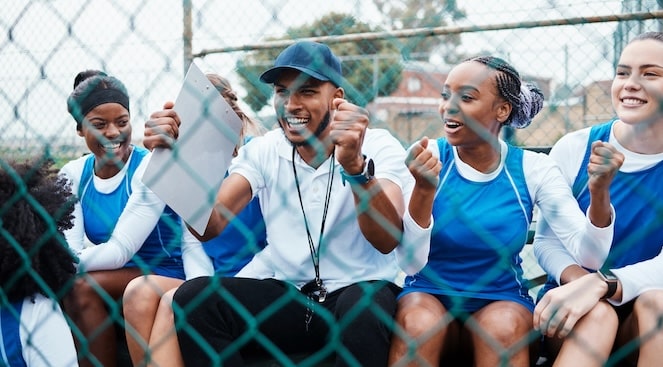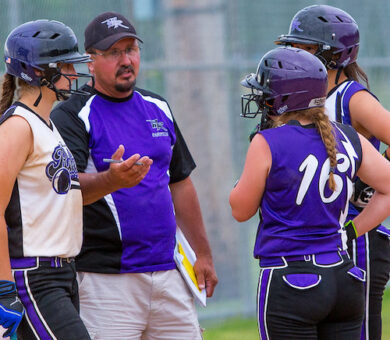Team and Relationship Building: Why it Matters for Your Team

Every coach knows the importance of having a team that works well together. When the team goes through tough times, or losses, it takes everyone to bounce back. But, for coaches, it is hard to find the time to work on the team and relationship building. There are so many other things that need to be done, like offensive and defensive strategies, individual work with players, and the systems that have to be implemented before the next competition.
And even though coaches understand the importance of good chemistry, team building and relationship building often get shelved, because time runs out.
The Impact
Many teams have reached high achievement by assembling a group of individuals that completely align and are in sync with each other, especially when the competition begins.
One team that reached such status was the ever-famous Chicago Bulls team of 1995-96, with stars like Michael Jordan and Scottie Pippen as the leaders, and coach Phil Jackson at the helm.
This team epitomized the word, chemistry and Phil Jackson writes about his team and relationship building strategies in his many books.
As a former college coach, I have used many different team building ideas that have boosted relationships and culture. Some of them include having a theme for the year, or for a shorter term like the playoffs. Others have included the following:
- Community service team building
- Team gatherings for a purpose – like having a meal or cleaning the locker room
- Competitions in a different sport
- In-practice competitions against other teams at the school
This list could go on and on, and many activities don’t take up too much extra time. Therefore, they can be incorporated around an already busy schedule.

The Coaching Responsibilities
Coaches wear so many hats, one small one being the coach! Coaches are also mentors, leaders, teachers, cheerleaders, counselors, mediators, protectors, guardians, and the list goes on.
Most coaches understand that coaching goes beyond the technical and tactical training.
Coaches often look to their assistant coaches for help in the team and relationship building area. When there are good assistants, the job becomes easier.
The Team Building Environment
In order to incorporate team and relationship building in an effective, efficient manner, with the best outcomes, the tone must be set from the beginning. The question is how can you set the stage for team building to become part of the ecosystem? Here are some tips.
Be genuine
Players and staff know when a coach is genuine. It’s hard to fake. Trust yourself to be yourself and work from a place of harmony. Some players will drive you crazy. Some parents will drive you crazy. But when they see you working for them and with them, it becomes easier to say what you mean and to ask the team to work together.
Be a storyteller
I remember when I played sports my college coach, Tara Vanderveer, had the best stories and metaphors. She is able to bring the team to laughter, tears, or a better work ethic just by saying something very relatable and clear.
For example, Tara would ask, “Why do you want to be a Volkswagen when you could clearly be a Mercedes?” She would get her point across, no offense to any Volkswagen owners out there. You felt like you could accomplish something because you felt her belief in you.
She would tell stories of past players’ successes and failures to make a point. There was a direct purpose to her stories and metaphors and it was easy to understand them immediately.
Work with parents
I know it is sometimes difficult to work with the parents. They are not at practice everyday, nor are they aware of all the dynamics of the team. They are also not aware of the changes you might make due to the opponent or the task ahead.
But somehow, if they know you are working for and with their child, it seems to go smoother. Good communication and boundary setting can go a long way.

Utilize your resources
What can you use to help foster an environment that is conducive to team and relationship building?
Social media is a great resource for team building. For example, model using it to boost team morale and teach the team to do the same thing. Demonstrate to the team, and the parents, how to use social media to help set the program apart.
Another good resource is the locker room. Think of all the ways the locker room can help boost morale and relationships. The colors, the walls, the pictures, the lockers themselves. Present ways for the team to build each other up in the locker room.
For example, there could be a “Praise Box” placed in the locker room where teammates call each other out for the good things they do. One might praise a teammate for making 100 free throws after practice when the coach wasn’t around, or praise a teammate for not staying out late on game night. These could be read every week at a certain time, or every day before practice.
Books and videos provide another source. There are countless books available that you could use as team and relationship building. For example, Beyond the Talent: Profile of a Winning Team is a book dedicated to team building and team dynamics. There are plenty of others.
Youtube is another example. There are lots of motivational video shorts that you could insert into the day, or before practice and games, with your team.
What other resources do you have at your disposal that can help you?
Measure success beyond just wins
Coaches try to do this, but it becomes hard when seasons, and jobs, are measured by the win-loss column.
But wins occur throughout the season, and even in the off-season. They happen in practice and away from practice.
Some of the other wins are things like grades, improvements small and large, teamwork, great plays, great moves, and accomplishing something small that the coaches have been emphasizing.
Prioritize gratitude
Many players and coaches at the end of the year, will thank many people that helped or encouraged them. But how often do we thank and/or appreciate what we have during the season, during practice and conditioning, and throughout every day? Sometimes gratitude gets shelved.
It is up to the coaches, and leaders of teams, to prioritize gratitude for both the good, and the challenging moments, that occur each and every day. To many, this won’t seem like team and relationship building, but it truly is.
Players, coaches, and parents who are grateful are players, coaches, and parents who are respected and admired. They are also more fun to be around.

In Conclusion
It can’t be started enough how important team and relationship building are to a team. If incorporated from the beginning, when the team first meets, the success rate of the plan succeeding also increases.
Make team building a priority with a strategy using the ideas mentioned to gain great team chemistry, greater team relationships, and greater odds for obtaining successful outcomes.
Please share your successes with us. Email us at hello@findmyteam.com. We love to hear the success stories!


